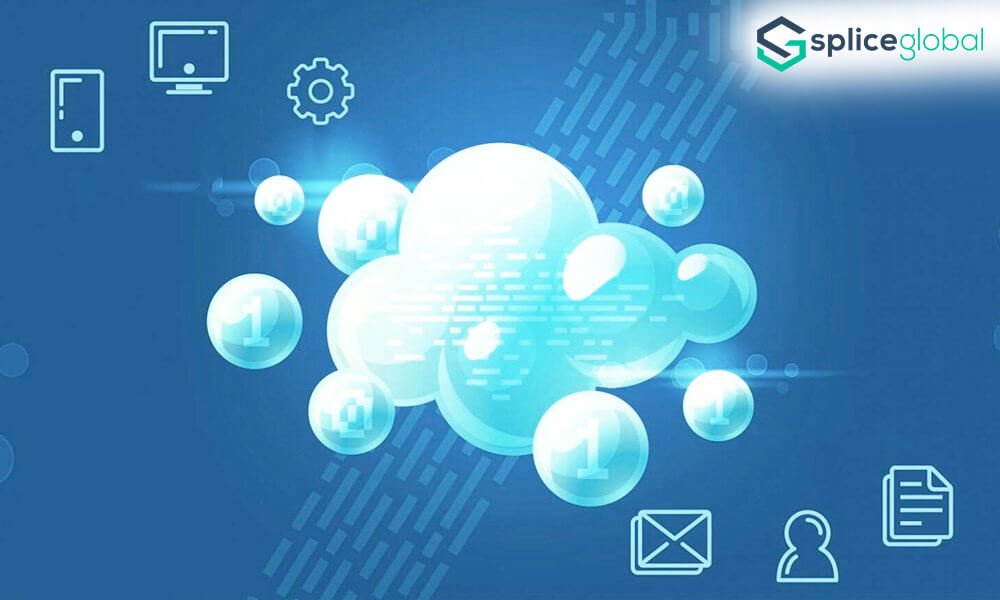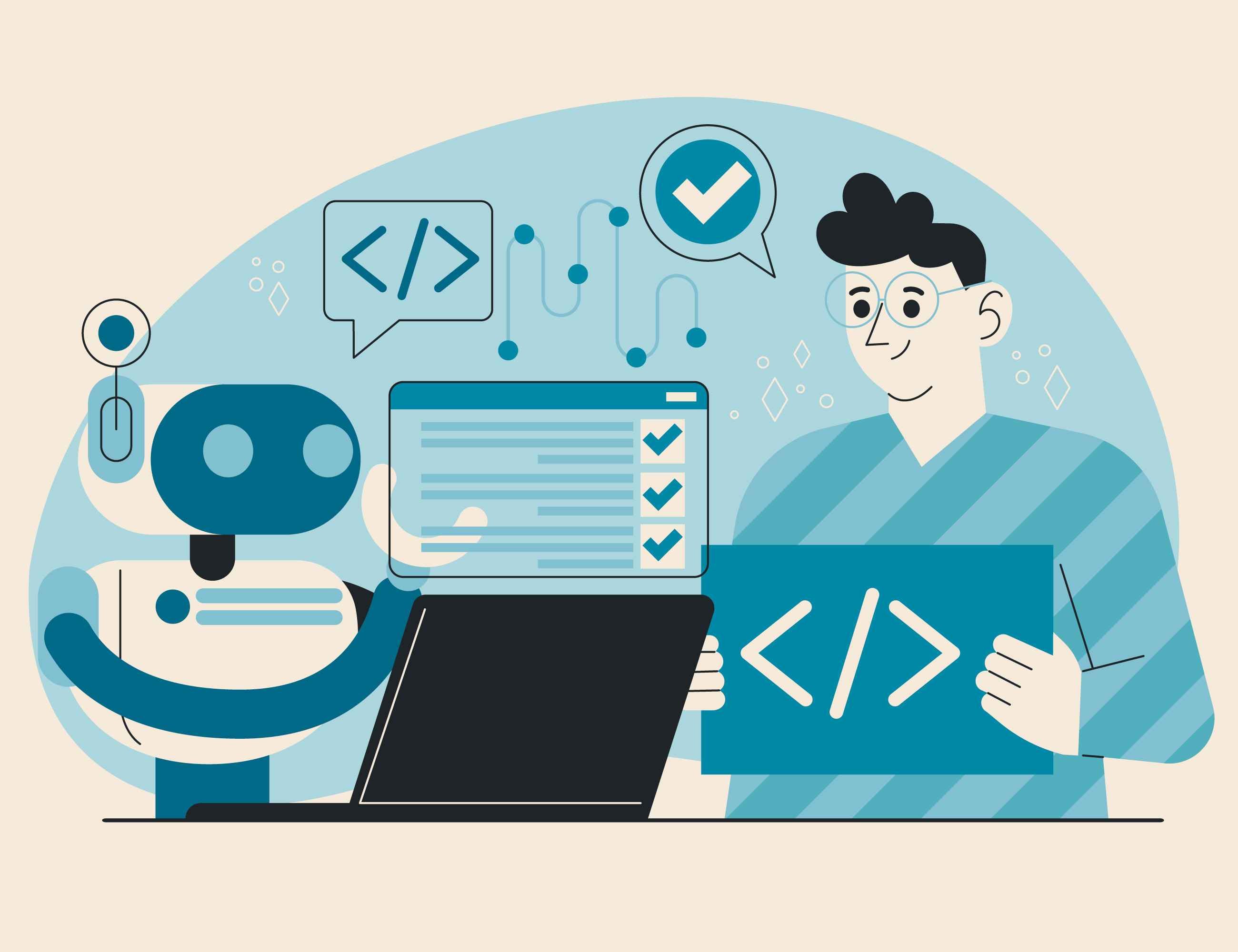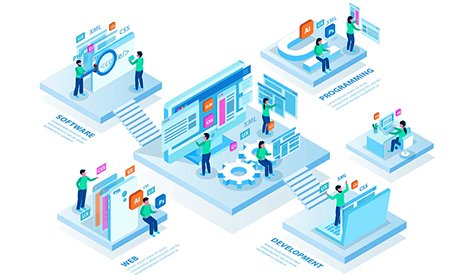Cloud computing can be defined as utilizing a separate server to store and transfer information or software across the internet channels.
The traditional forms of computing use tangible data storage to save and store software or virtual files daily. They are also the first classification of computers to be developed.
There are a few notable differences between the contemporary methods of storing data, i.e., cloud computing, and the traditional forms; below are a few detailed differences between the two options:
1. The price range of both options
The traditional computing model requires a lot of maintenance and repair and thus requires more funds and time to maintain. However, cloud computing is directly divisible by other ingredients, which reduces the money required to fix or maintain it.
2. The level of security and privacy of consumers
Consumers using traditional forms of computing are more susceptible to security concerns than cloud computing. There is access to several hosts, thus making it difficult for a hacker to steal or manipulate data. An organization is advised to use the cloud computing method to ensure that its data is safely stored and access a flexible security system as it protects several consumers’ information.
3. Accessibility and process of updating
Traditional forms of computing require coding in the event of a malfunction or an update. This coding process takes time to complete, thus disrupting the flow of data production. However, cloud computing bears distinct properties that enable it to be updated at any point in time. The software also provides its updates and fixing; however, if the malfunction proves to be a bit tricky, then an IT professional should take a look, even though there is no reason to be alarmed.
4. Form of the design
The design of cloud computing attracts a consumer to utilize it to the very best. Software that has a presentable design encourages consumers to build trust in it. The design also means the software’s features and its level of speed. Unfortunately, the traditional forms of computing don’t require this aspect as much as it provides efficient services to the consumer, including database services.
5. The beauty of backup and restoration
Cloud computing technically addresses the issue of backing up data from the start; the software will enable you to access any lost or damaged data if it was backed up in its software. The cloud computing method uses the DRaas to assist in recovering data. However, traditional forms of computing can assist in backing up but do not award the privilege of restoring the said data if it malfunctions. The traditional form does not possess a backup channel if the same is destroyed.
In the End
In conclusion, cloud computing encompasses better production than traditional forms of computing. Regardless of their state, these traditional forms of computers paved the way for developing sophisticated software, including the cloud. Unfortunately, time moves with development, and the traditional forms of computing are too dense to evolve with the trends, thereby making cloud computing the best option.







